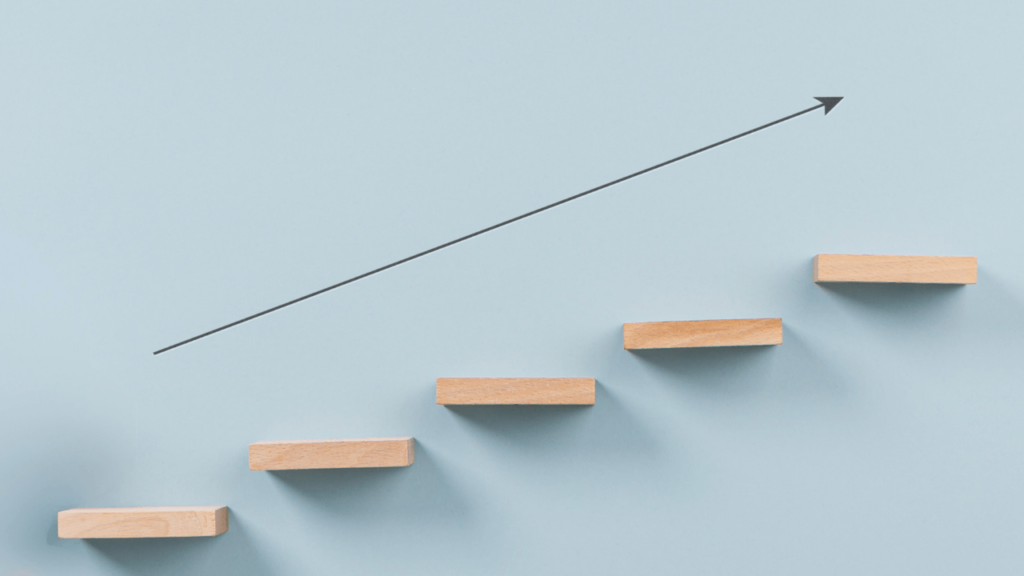A glissando (Glissando) is a technique of playing a continuous run of notes in a sliding manner on a musical instrument.
The word originates from the French “glisser,” meaning “to slide,” and indeed it evokes the image of “sliding across the keyboard” when performed.
Origin: French for “sliding”
Characteristic: Rapidly and continuously playing a scale, either ascending or descending in one swift motion.
Glissando Symbols & Notation
When performing a glissando on the piano, it is common to slide your finger (using the fingertip or side of the finger) across the keys in one smooth motion over the white keys or black keys.
You can play a downward glissando (from the high range to the lower range) or an upward glissando (from the low range to the higher range).
Recommended Article
How Glissando Is Used
From classical to pop and jazz, glissandos are widely used in various genres. Incorporating them at a climax or in a memorable phrase can add brilliance and momentum to a performance.
They can range from quick little slides across a short span of the keyboard to one sweeping motion across the entire keyboard.
How to Play a Glissando: Beginner Steps

1. Decide Which Range and Direction
First, determine which part of the keyboard you will use for the glissando and whether it will descend or ascend.
Beginners should start by gliding over a short span of white keys only, as it’s less likely to injure your fingers and easier to get a feel for it.
2. Practice Slowly to Get a Feel
Instead of going full speed right away, try practicing with just a few notes, gently sliding your fingertip or the side of your finger along the keys.
As long as you find the right angle and pressure, you should be able to move smoothly.
3. Adjust How Your Finger Contacts the Keys
Laying your finger flat can cause snagging or pain, so tilt your finger slightly and use the fingertip or finger side to help it glide more easily.
Keep your wrist and arm relaxed, and move smoothly with your whole arm.
For Intermediate to Advanced Players: Points to Note with Glissando

Trying a Glissando on Black Keys
You can also perform glissandos on black keys.
Because black keys can catch your fingers more easily, using the pad of your finger to slide can make it smoother.
Combining with the Pedal
Using the pedal while playing a glissando allows the continuous notes to blend more effectively, creating a more dramatic resonance.
However, if you slide across a large span of the keyboard, be careful about muddiness. Adjust when to press and release the pedal accordingly.
Frequently Asked Questions (Q&A)
-1024x684.png)
Q1. How can I avoid injuring my fingers or hand?
If you press the keys at a straight vertical angle, there’s a higher risk of injury. Try angling your hand so that you glide with the fingertip or the finger’s side to reduce strain.
Also, don’t lock your arm or wrist in place; keep them relaxed and let them move freely.
Q2. How do I control the volume and speed of a glissando?
Volume generally depends on how hard you press the keys, but be cautious not to press too hard to avoid hurting your fingers.
Regarding speed, consider the song’s buildup and overall tempo, adjusting as needed to fit the music.
Q3. Are there differences between white-key and black-key glissandos?
Glissandos using only white keys are less likely to snag your fingers, so they’re safer and easier for beginners.
When doing a black-key glissando, use the pad of your finger and take extra care to avoid injuring yourself.
Conclusion
Glissandos are one of the most striking and dramatic techniques in piano playing.
By sliding down (or up) the keyboard in a single sweep, you can instantly create a dramatic, impactful sound.
Give it a try, keeping these tips in mind, and incorporate glissandos into your performances for a more vibrant and exciting effect.
とは?ピアノの弾き方と練習方法を解説!-1200x675.png)
